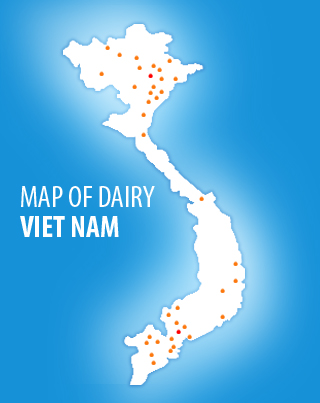Health and Welfare
Let Your Cows Help With Your Heat Abatement Strategy

Which means that Summer is just around the corner along with Summer’s unique challenges to herd management.
We’re sure one of your goals that you have set your sights on for this summer is minimizing heat stress.
Heat stress is calculated to cost US dairy farms approximately $900 million annually (read more about it >> here) so the Return on Investment in a heat abatement solutions has the potential to be quite substantial.
Multiple well-designed heat abatement solutions are available on the market. Some are simple, some are very sophisticated. However, all heat abatement systems suffer from one main drawback – they are operated on the basis of external conditions, typically temperature and humidity, not on the basis of actual cow behavior.
We argue that there is only one source of reliable information about the effectiveness of these systems in fulfilling their role — the actual cows.
In fact, one does not have to wait until Summer rolls around to gain insight into cows’ perception of the problem. It can be done before the Temperature Humidity Index (THI) is below the commonly accepted THI threshold for heat stress.
For example, see the graph below. Collected from a Northeast US herd on May 4th, 2018. The THI that day was 66, below the commonly accepted THI threshold of 68.
Graph shows percent of cows panting in pen number 1, over last 24-hour period.
Even though only a small percentage of the group is panting, this information provides an early warning of sorts as to the specific areas where heat abatement is not optimal. Clearly, conditions in the holding pen and in the milking-parlor are clearly not working for the cows.
This information can serve as the basis for further investigation of the specific causes of the problem and possible solutions. Immediate cow feedback enables running trials of the proposed solutions to select the most effective course of action.















